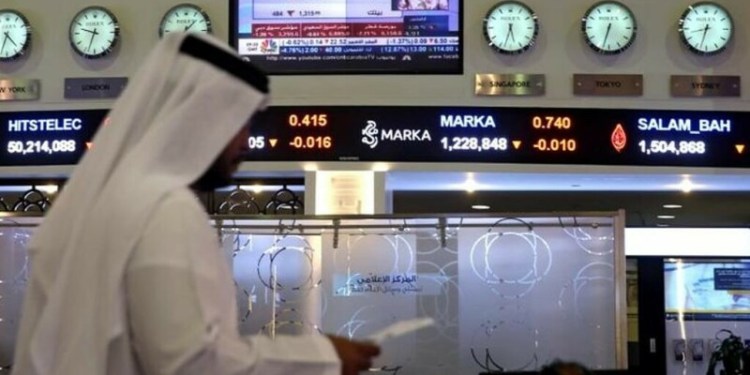By Henning Gloystein
SINGAPORE (Reuters) – Oil prices clocked up more multi-year highs on Thursday as traders adjusted to the prospects of renewed U.S. sanctions against major crude exporter Iran amid an already tightening market.
The United States plans to impose new sanctions against Iran, which produces around 4 percent of global oil supplies, after abandoning an agreement reached in late 2015 which limited Tehran’s nuclear ambitions in exchange for removing U.S.-Europe sanctions.
Oil prices rose sharply in response to the announced measures.
futures, the international benchmark for oil prices, hit their strongest since November 2014 at $77.76 per barrel on Thursday.
U.S. West Texas Intermediate (WTI) crude futures also marked a November-2014 high, at $71.75 a barrel, and they still stood at $71.67 a barrel at 0219 GMT, up over half a dollar, or 0.7 percent, from their last settlement.
In China, which is Iran’s single biggest buyer of oil, Shanghai crude futures posted their biggest intra-day rally since their launch in March, rising more than 4 percent to a dollar-denominated record of around $73.40 per barrel.
Goldman Sachs (NYSE:) said the planned unilateral U.S. sanctions against Iran would likely have a “high level of efficiency”.
As a result of sanctions and because of risks to supplies elsewhere, especially in Venezuela, the U.S. bank said “this leaves risk our summer $82.50 per barrel Brent price forecast (is) squarely skewed to the upside”.
Analysts had little hope that opposition to the U.S. action would prevent sanctions from going ahead.
“Europe and China will not fight against the U.S. sanctions. They will grumble and accept it. There is no one who will realistically choose Iran over the U.S.,” said energy consultancy FGE.
“We believe the previous 1 million bpd limit for exports (imposed during previous sanctions) will be reimposed. As before, it may take several rounds of reductions to reach target levels,” FGE’s founder and chairman Fereidun Fesharaki wrote in a note. He added that condensate, a super-light form of crude oil that was excluded in the last round of sanctions, may well be included.
Despite this, Fesharaki said the near-term impact on the oil market would be limited due to a 180-day wind down period as planned sanctions are implemented.
“But the impact will escalate as we approach November (i.e. the end of 180-day wind down period) … Oil prices will certainly move up, and $90-100 per barrel prices may again be on the cards.”
Sanctions come amid an oil market that has already been tightening due to strong demand, especially in Asia, and as top exporter Saudi Arabia and top producer Russia have led efforts since 2017 to withhold oil supplies to prop up prices.
inventories fell by 2.2 million barrels in the week to May 4, to 433.76 million barrels, according to the Energy Information Administration (EIA), slightly above the 420 million barrels five-year average level.
One factor that could prevent markets from tightening further is soaring U.S. oil output.
Weekly U.S. crude oil production hit another record last week, climbing to 10.7 million barrels per day (bpd).
That’s up 27 percent since mid-2016 and means U.S. output is creeping ever closer to that of top producer Russia, which pumps around 11 million bpd.
Source: Investing.com



























